Braces work by forcing misaligned teeth into a new position and help to create a beautiful smile but for the maintenance of your new bite following orthodontic treatment, a retainer is very important. After braces are removed, the bones, gums and muscles in the jaw need time to adapt to the newly positioned teeth.
A retainer is used to keep the teeth in their new position and to prevent them from shifting back to their original position. This shift is known as an orthodontic relapse and if it occurs, braces will need to be fitted again to correct the shift in position.
In addition to the fact that teeth can slowly move back to their original position in the jaw, our natural aging process means that teeth will eventually start to shift anyway. Wearing retainers after braces will ensure that teeth are kept in perfect alignment, which will ultimately have a massive impact on the maintenance of your smile.
Different kinds of retainer
After braces are removed, an impression will be taken of your newly straightened teeth and your dentist will make a retainer using wire and acrylic. Not as visible as braces, retainers can be either fixed or removable. A fixed retainer is a wire that is fitted along the back of your teeth and bonded in place. Although having this kind of retainer fitted means that teeth are harder to clean, they are very efficient when it comes to holding your teeth in perfect formation. If you do have a fixed retainer fitted, you will need to floss much in the same way as you did when you were wearing braces.
A removable retainer is a wire fitted across the front of your teeth and is held in place by acrylic clasps that hook around the back teeth. This type of retainer can be removed, making it easier to clean both the retainer and your teeth, but they are far more likely to get lost or damaged. However, this issue can be easily avoided by making sure that when not in use, your retainer is kept in a case. As they can be removed, these kinds of retainers are usually only worn at night or for a few hours during the day.
How much do retainers cost?
| Type | Approximate price |
|---|---|
| Clear | £50 - £140 |
| Fixed | £100 - £400 |
| Hawley | £70 - £150 |
How long will you have to wear your retainer?
In most cases, a retainer will need to be worn for as long as braces were worn. However, depending on the severity of the initial problem, some people are advised to wear their retainers indefinitely. This may seem like a daunting thought but after the first six months, retainers are usually only worn at night and even then not necessarily every night. Fixed retainers are usually worn for five years until they need to be either removed or changed.
Sources and References
-
[1]
Retention procedures for stabilising tooth position after treatment with orthodontic bracesCochrane Database of Systematic Reviewshttps://pmc.ncbi.nlm.nih.gov/articles/PMC7138206/
-
[2]
Effects of fixed vs removable orthodontic retainers on stability and periodontal health: 4-year follow-up of a randomized controlled trialAmerican Journal of Orthodontics and Dentofacial Orthopedicshttps://pubmed.ncbi.nlm.nih.gov/30075919/
-
[3]
The effects of fixed and removable orthodontic retainers: a systematic reviewProgress in Orthodonticshttps://pmc.ncbi.nlm.nih.gov/articles/PMC4961661/
-
[4]
Stability of orthodontic treatment outcome: follow-up until 10 years postretentionAmerican Journal of Orthodontics and Dentofacial Orthopedicshttps://pubmed.ncbi.nlm.nih.gov/10066979/
-
[5]
Retention and relapse in clinical practiceAustralian Dental Journalhttps://pubmed.ncbi.nlm.nih.gov/28297088/
All sources accessed and verified on . Medical information reviewed for accuracy and compliance with current guidelines.
Related Articles

Dental Retainers – Costs & Information
Comprehensive guide to orthodontic retainers including types (Hawley, clear, fixed), costs, effectiveness, survival rates, proper wear protocols, and maintaining teeth alignment after braces
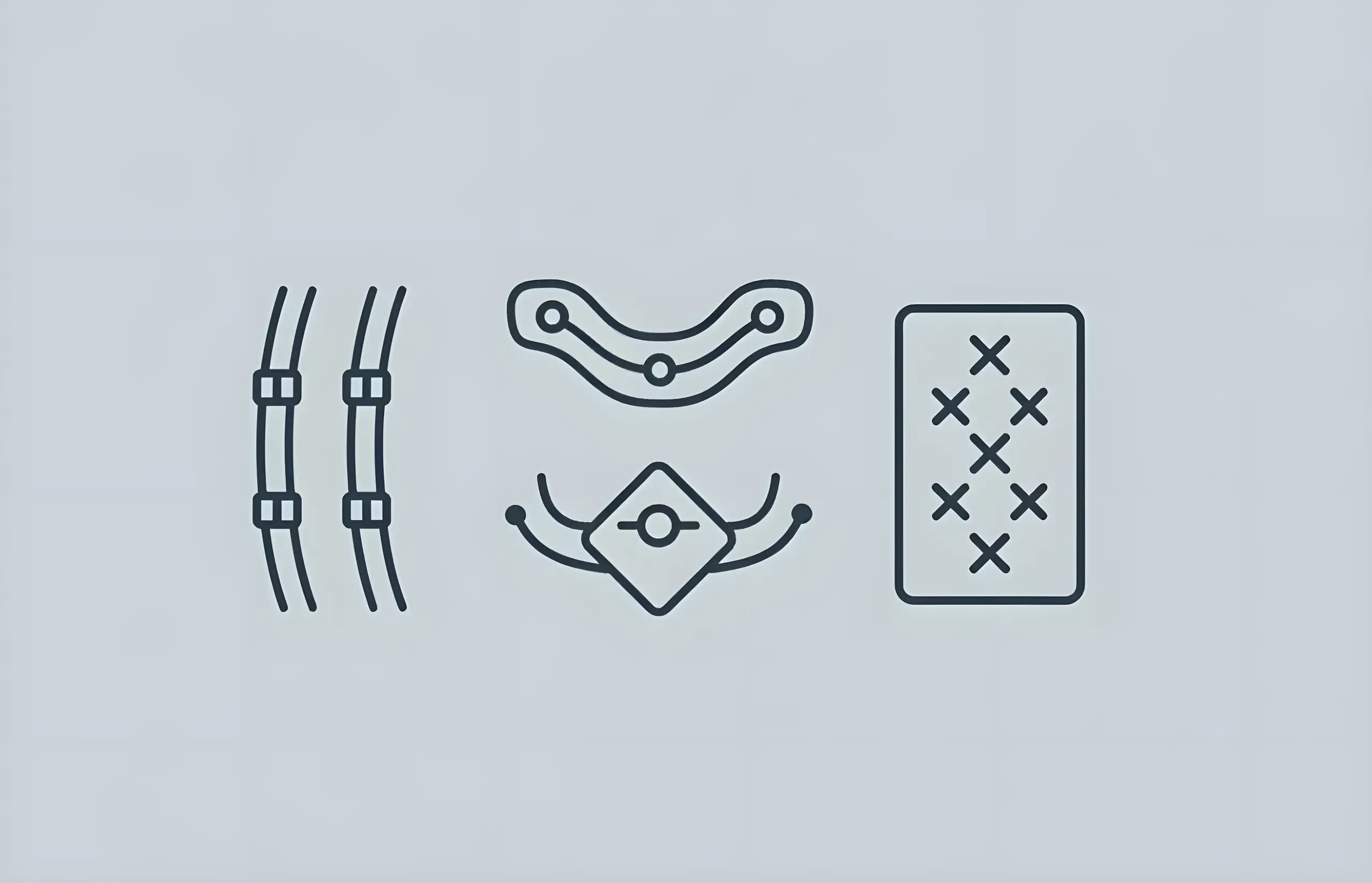
The Different Types of Braces Available
Comprehensive guide to orthodontic braces including fixed, removable, lingual, Invisalign, and functional braces with cost comparisons
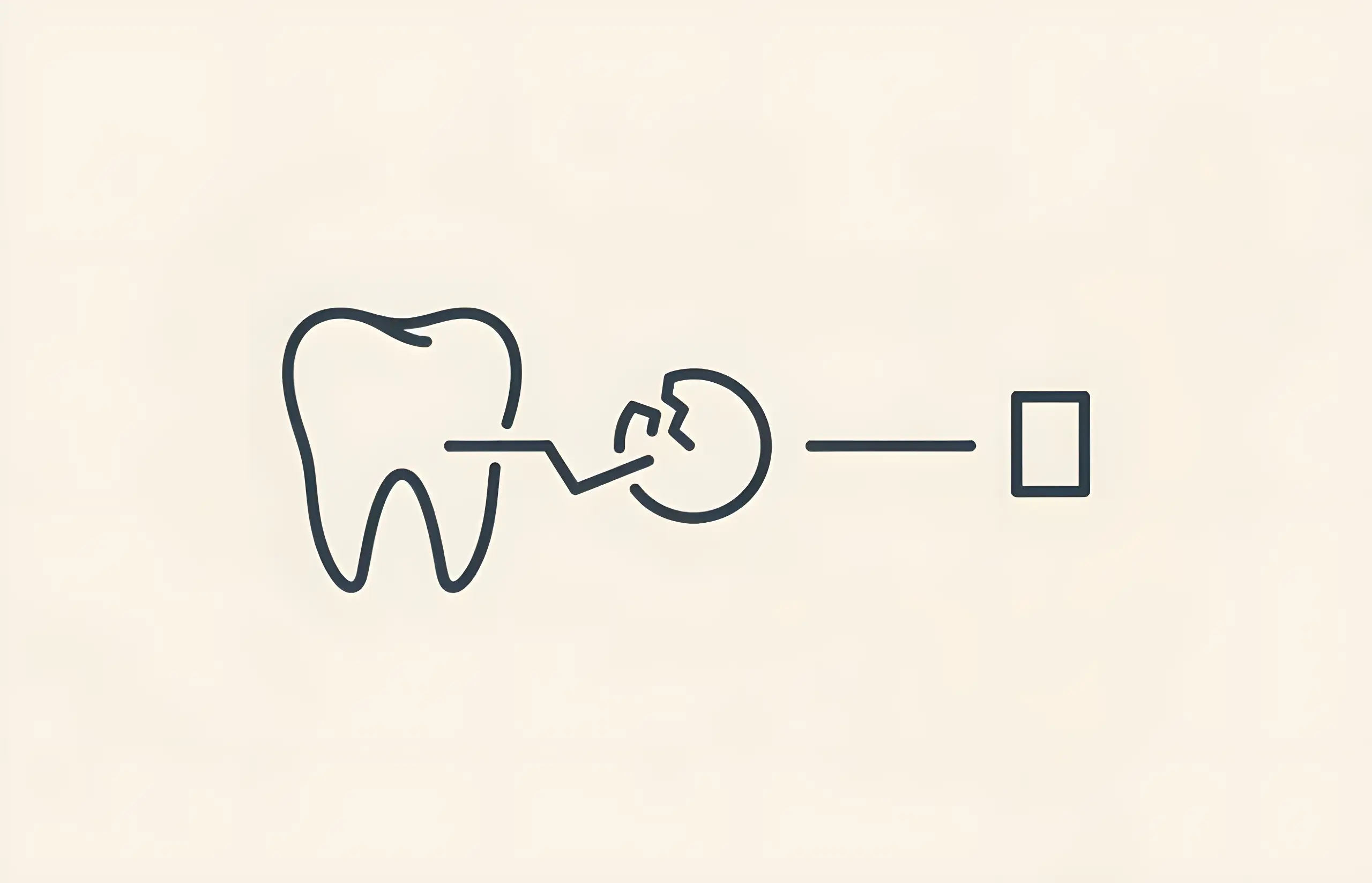
How Do Braces Work?
Comprehensive guide to orthodontic tooth movement including biological mechanisms of bone remodeling, treatment duration, force application, periodontal ligament response, and retention protocols
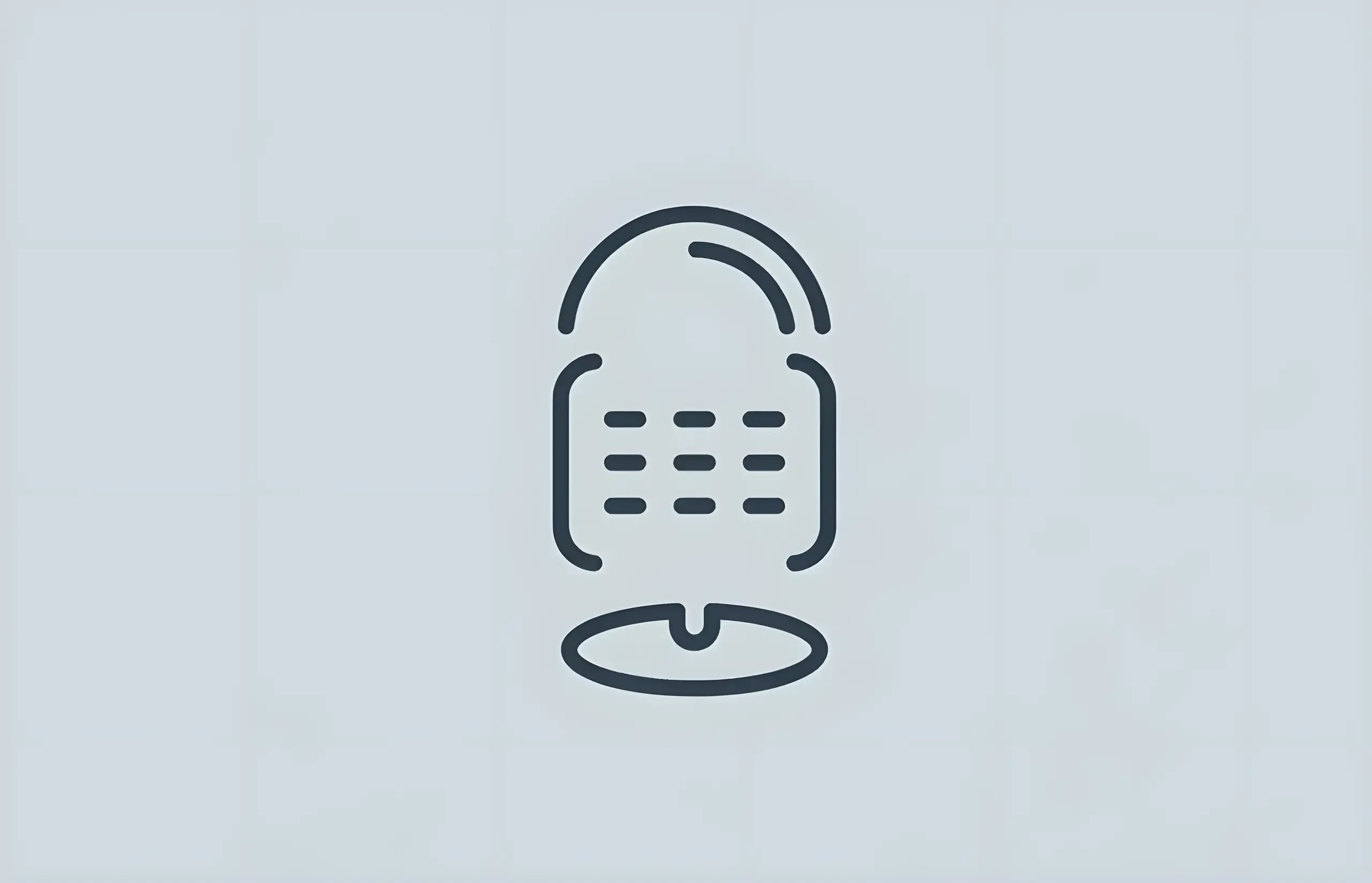
How Long Do You Have To Wear Braces?
Treatment Duration and Retention Protocols (19.9 Months Average, 13.3% Relapse Fixed Retainers)
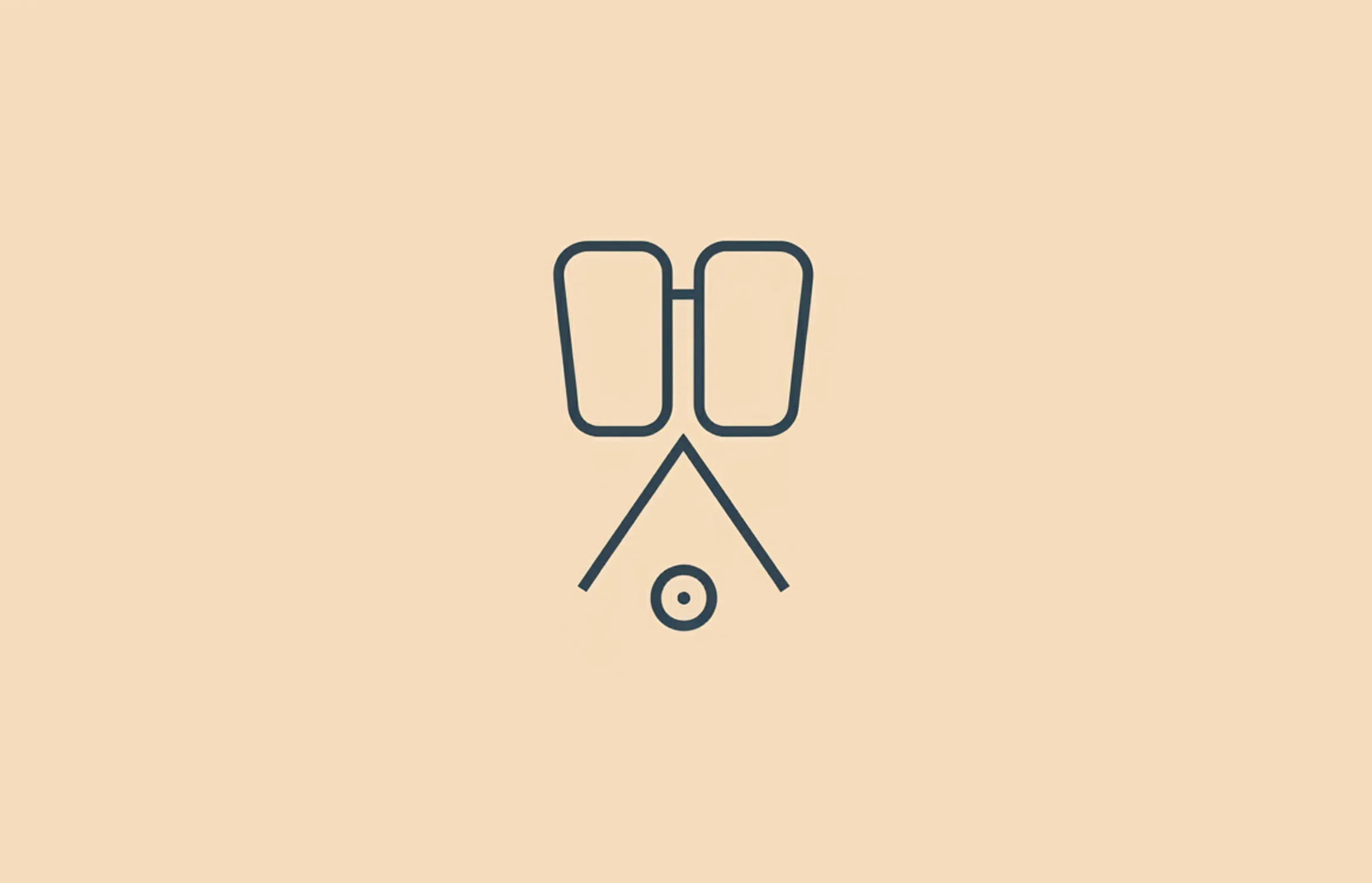
How Much is a Replacement Retainer?
Complete guide to replacement retainer costs including types (Hawley £70-£300, clear plastic £50-£140, bonded £100-£400), what to do if you lose a retainer, importance of immediate replacement, and prevention tips
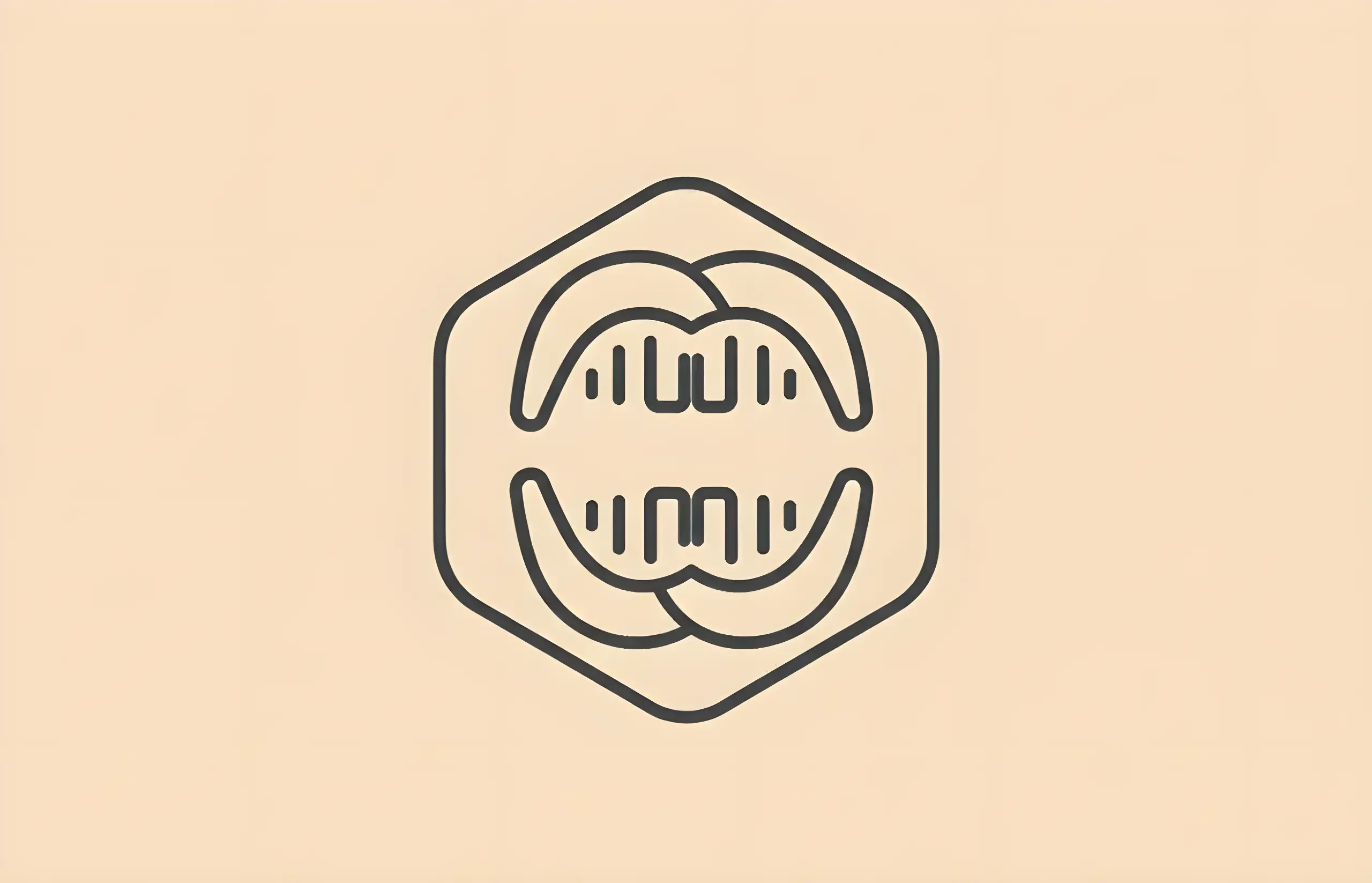
Retainers for Teeth: A Simple Guide
Complete guide to dental retainers including clear retainers, fixed retainers, and Hawley retainers, with costs, benefits, and aftercare information
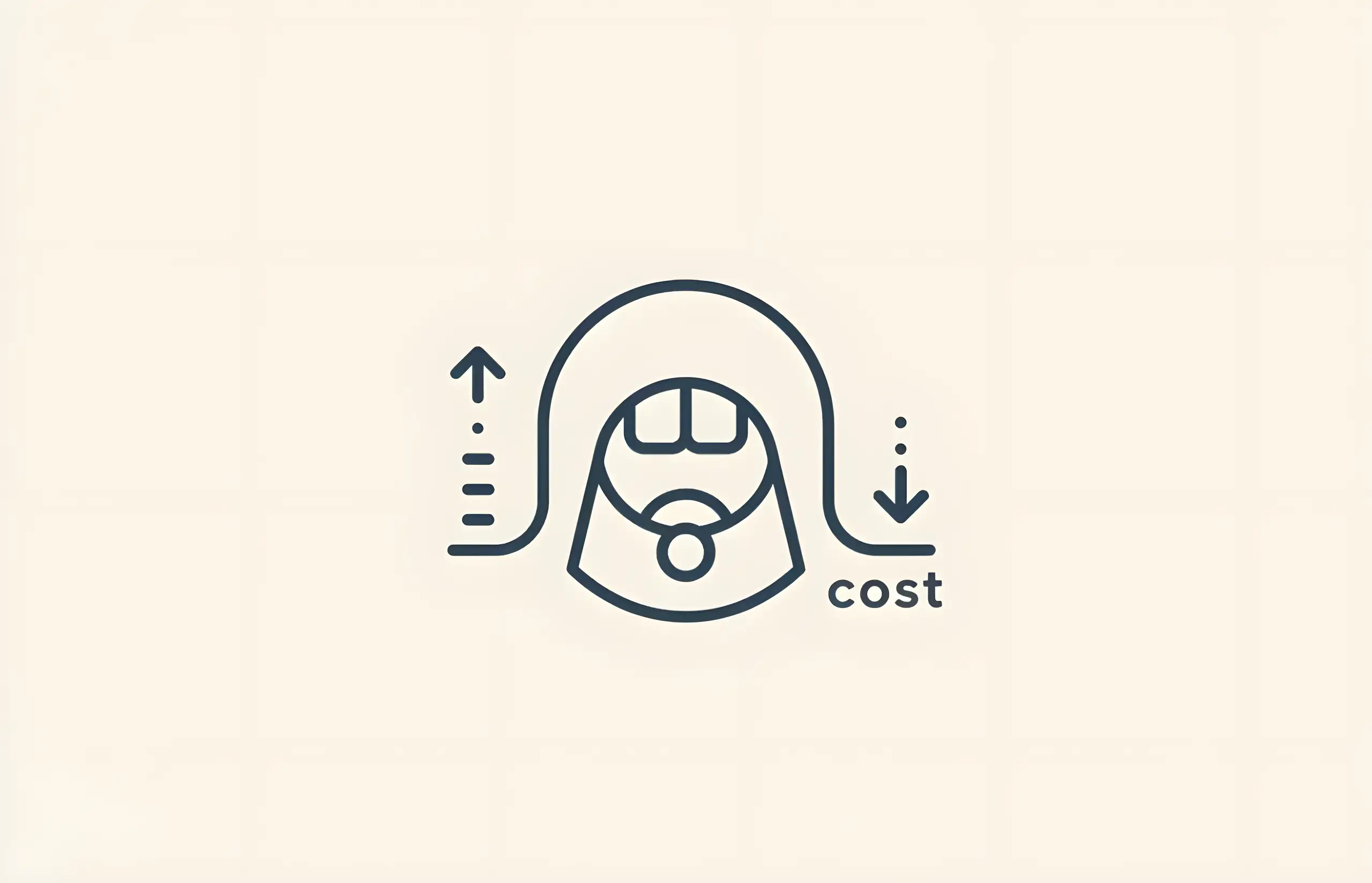
How Much Does Teeth Cleaning Cost?
Comprehensive guide to teeth cleaning costs in the UK, NHS pricing bands, scale and polish procedures, dental hygiene benefits, and professional teeth cleaning information
About The Dental Guide
The Dental Guide is a trusted online resource providing evidence-based information about dental health, treatments, and procedures. Our content is created and reviewed by qualified dental professionals to help you make informed decisions about your oral health.
Our Mission
- Evidence-based dental information
- Expert-reviewed content
- Clear, accessible explanations
- Latest treatment options
- Patient-focused guidance
Editorial Standards
- GDC-registered dental professionals
- Peer-reviewed sources
- Regular content updates
- Medical accuracy verification
- Transparent authorship
Important Notice
The information on The Dental Guide is for educational purposes only and should not replace professional dental advice. Always consult with a qualified dentist for diagnosis and treatment recommendations tailored to your individual needs and circumstances.
Medically Reviewed
Reviewed by Dr. Nasim Mechoui , BDS (Bristol)
Share this article
Comments & Discussion
Have questions about dental implants? Share your thoughts or experiences.
